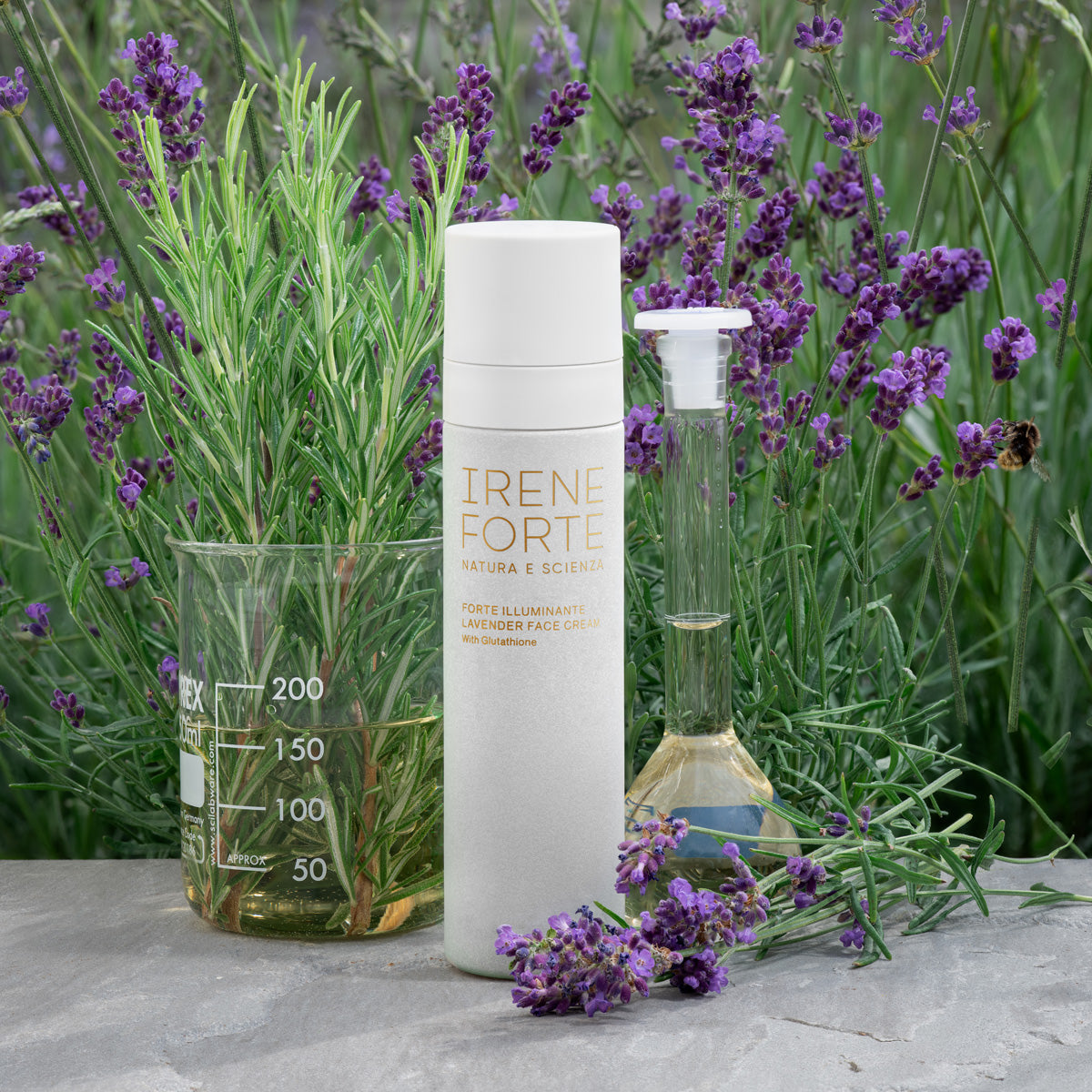Sicily has a rich historical, artistic and cultural heritage. It is a place where the merging of cultures and the safeguarding of traditions collide and are expressed in the stunning works of local handicrafts. These include traditional painted carts, ceramics, mosaics, lace, embroidery and even bells. Sicilian handicrafts have inspired Irene Forte Skincare in many ways.
Whilst the vibrant colours of Sicilian handicrafts can be seen through our packaging and the colours of our brand, we actually use handcrafted Sicilian Bells and ceramics in our treatments and rituals. These items celebrate the power of the hands, just as our handmade products and manual treatments do.
We’ve spent some time with our bell maker and our ceramicist to share their craft...
Burgio Bells
Forget Tibetan cymbals, we ring Burgio Bells at the beginning and end of every treatment and ritual. These handmade bronze bells are made at the Virgadamo Bell Foundry in Burgio, a family-run foundry that has been around since the 16th Century. Their handmade production process remains faithful to old traditions - and it is not simple.

The bell pattern is cut out in two wooden templates - one which matches the dimensions of the outer bell and one the inner of the bell. An exact brick model of the outer bell is then made. This is then covered with sand or loam and then with molten wax. Figures and inscriptions, also made of wax, are then applied by hand. The false bell is then painted over with several coats of fireproof clay and it is enclosed in a steel mantle.
The space between the false bell and the mantle is filled with cement and after the cement has hardened, the mantle is lifted off the cement mould. The false bell under the mould is chipped away and the mould is then set over a coke fire to melt the remaining wax and to evaporate any water that has accumulated.
Ingots of bronze are melted by burning dry wood; they are heated to a temperature of approximately 1100°C (1150°F). The bronze is poured and fills the space between the false bell and the mantle. After being allowed to cool, the rough bell is extracted and polished with brushes and burins.
The bell maker, Luigi Virgadamo, is a music teacher. He always does the first test to check the bell’s tone. This is the most delicate step, as the artisan needs to tune the bell and change the sound according to the desired music notes.
Ceramics
Sicilian Ceramics beautifully display Irene Forte Skincare. We use ceramic trays, inhalation bowls, foot bowls and even tiles to display products. Our ceramics are created by Toni Gurreri in Sciacca, a southwestern coast town in Sicily which is a 15-minute drive from Rocco Forte’s Verdura Resort (and where we have our organic farm).

Toni uses the Maiolca technique, which refers to a tin-glazing technique that produces a dazzling white background, onto which other metallic oxide-based colours are applied. The white under-glaze absorbs the colours and retains their brightness after firing.
Sicilian clay contains a combination of silicates unique to Sicily. The first step of ceramic making is finding this clay, mined from the Sicilian mountains and valleys. The clay is then moulded by hand, and then left to dry under the sun. The object is then laboriously painted in ornate motifs with tin oxide glazes before being fired (baked) in a kiln.




